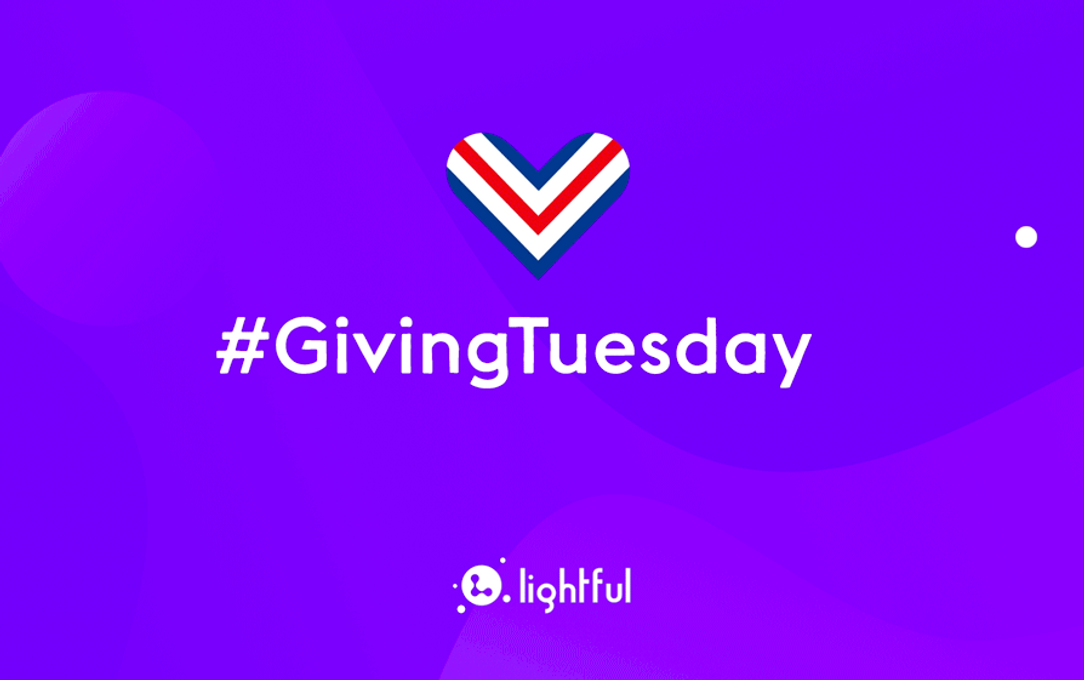Does your charity really need a blog?

Does your charity really need a blog?
As a blogger myself, I can honestly say that having a blog is hard work. But the rewards can be substantial. Before you either instantly dismiss this article (no way are we setting up a blog) or instantly set up a WordPress blog (yes, we totally need a blog!), take a look at how a blog might actually work for your charity.
Content, content, content
You know how you’re constantly looking for interesting and relevant content to share on social media with your audience? Well, hello! Introducing ‘the blog’. Guaranteed to take care of all your content woes. But before you get too excited, remember that someone has to actually source, write, edit and publish that content. That person is probably you.
Before I potentially put you off all that hard (but rewarding) work, here’s how a blog could be beneficial to your charity:
Improve your SEO
SEO stands for Search Engine Optimisation. Essentially it means using keywords to rank in search engines such as Google. You can do this in two ways: organically and paid. Paid is through things such as PPC (pay per click) and Google Adwords, whereas organic is through having relevant keywords and phrases in your blog posts and having back links to relevant sites.
If you’re a cancer charity you might want to rank highly for ‘practical support for people with cancer’. In order to achieve this, you might want a range of posts that showcase how your charity does this. You could feature your helpline staff or volunteers who provide both practical and emotional support, you could feature people who have benefited from the practical support you offer, you could write about how to choose the right wig and where to buy them, feature recipes to help with nausea from chemotherapy etc. Having relevant posts that contain the keywords ‘practical’, ‘cancer’ and ‘support’ will help your content be seen when people type these into their browser.
Here’s an example from Marie Curie where their keywords are ‘terminal illness’, ‘loss’, ‘grief’ and ‘bereavement. In this post, they share five ways to cope with loss from people who’ve been there. They are basically case study stories but shared in such a way as to provide advice and support to others who are experiencing bereavement.
If you’d like more detailed information about how to improve your SEO, read this free guide by Google.
Varied tone of voice
Your charity will no doubt have tone of voice guidelines and most often than not, a charity’s tone of voice can be summed up as: friendly yet professional. Authoritative but not academic. Or something along similar lines.
By having a blog, you can explore different tones of voice. For example, your campaigning staff may want to convey an urgent, call to action or call to arms type of voice, your fundraising team may want to have a fun, upbeat, informal tone of voice whereas your CEO’s tone of voice might be authoritative yet approachable.
A place for everything
A charity’s website is not the place to fit everything, including the kitchen sink. In fact, I’d argue that your website should be as lean as possible. People should be able to find what they are looking for quickly, without getting lost among page after orphan page of copy. But what do you do when everyone wants their little piece of website real estate? A blog can solve this headache.
This is not to say that you should just shove everything and anything on your blog (don’t forget about SEO and content, content, content) but it does give you more opportunity to feature content that doesn’t naturally belong on the website.
Think about your audience and their needs and then try to turn your colleagues’ blog post suggestions or requests into something truly useful and valuable for your audience. Here’s a great example of this from the British Red Cross. With the spate of unprovoked acid attacks happening across London, this blog post gives practical, first aid advice on how to treat acid burns. Topical, useful and also completely in line with what the charity does.
Giving people a voice
This last point is the most important. Having a blog will help your audience see the people behind ‘the brand’. Whether they are staff, volunteers, supporters or beneficiaries. Mencap’s blog is a fantastic example of a mix of stories from a range of people. Here’s a post where a mother of a learning disabled child talks about the use of the R-word. Sometimes charities have to be neutral or as I like to call it ‘vanilla’ about certain topics. That’s where having other people – who are not staff – to say the things you cannot say, is really useful.
Karl Wilding, Director of Public Policy and Volunteering at NCVO, is a great example of using blogging as a platform for being more vocal and outspoken about certain topics. Karl is definitely not ‘vanilla’ if this first paragraph of a recent blog post is anything to go by:
I’ve just read the sixth annual report on the Independence of the Voluntary Sector, which has been published this morning. It’s fair to say it’s glum: indeed, I am moved to suggest that it is unduly pessimistic.
The best thing about Karl’s blog posts is the dialogue that they then open up on social media. Whilst there are only 140 characters to get a point across, there’s a whole blog post that you can then signpost people to.
A blog can be a wonderful thing but don’t underestimate the time and effort it will take. The rewards though can be substantial.
Kirsty Marrins
Latest articles

In a world of growing uncertainty, small and local non-profit organisations often find themselves with competing priorities and struggle to plan how to allocate their available resources. Despite the increasing demand for their vital work, they are not always able to allocate the funds they receive to strategic planning and future growth.

As the world becomes more digitally-focused, it’s essential for nonprofits to have a digital presence. With more and more options for online engagement, we know that this can be challenging for nonprofits to tackle. But, we also know that it is a huge opportunity to increase audience engagement, awareness and fundraising. To help nonprofits navigate this, we’re going to explore the “whys” and “hows” of creating a nonprofit digital strategy. We’re even providing a free digital strategy canvas to help nonprofits improve their online presence in just a few steps.
Related posts

January is the time when we’re gearing up for getting organised in 2020! It’s the perfect time now to take stock and start planning for the next 12 months. Luckily, we’ve got eight ways you can improve your social media content calendar to supercharge your content in 2020.

Yesterday saw the fourth annual Giving Tuesday in the UK and once again, it trended on Twitter all day. No doubt CAF, who runs Giving Tuesday in the UK, will release some stats of how much was raised in due course but for now, let’s take a look at how charities got involved.
See who we help
Contact us
Want to learn more?
Email Jonathan and start a conversation





